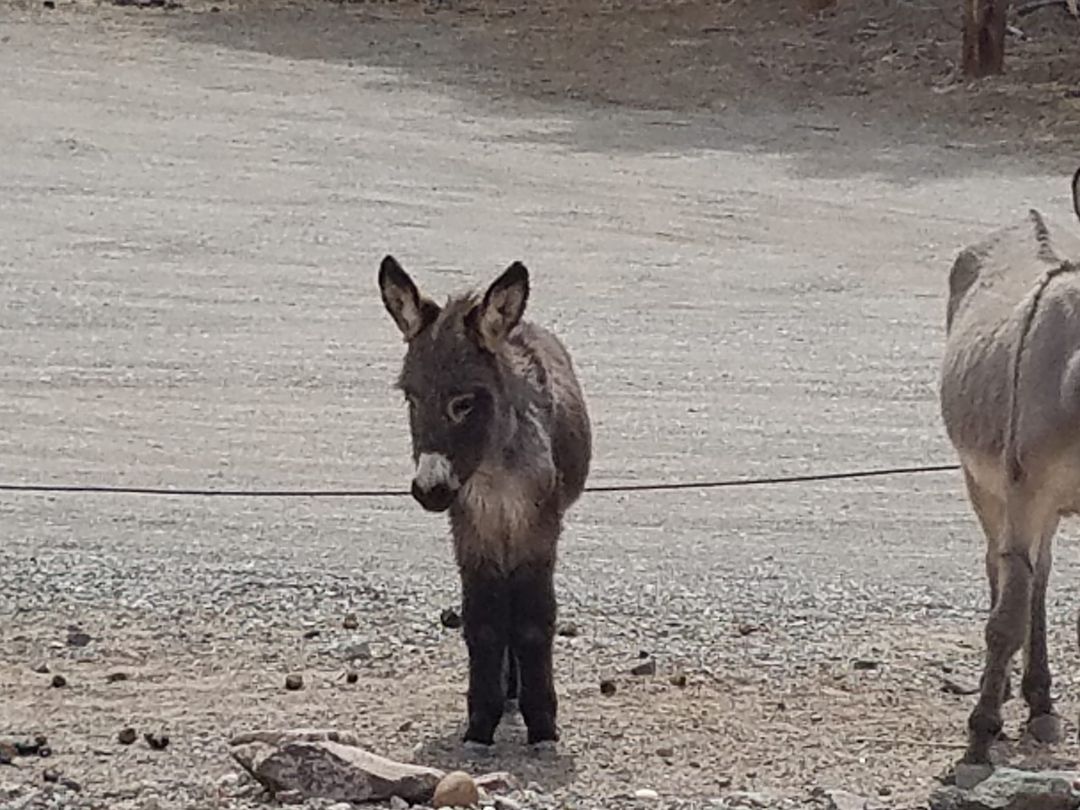Boondocking is a term that refers to camping without any amenities or hookups, usually on public land or in free parking lots. It is a popular way of traveling for RVers, van lifers, and overlanders who want to save money, enjoy nature, and avoid crowded campgrounds.
The first boondockers? … I think so!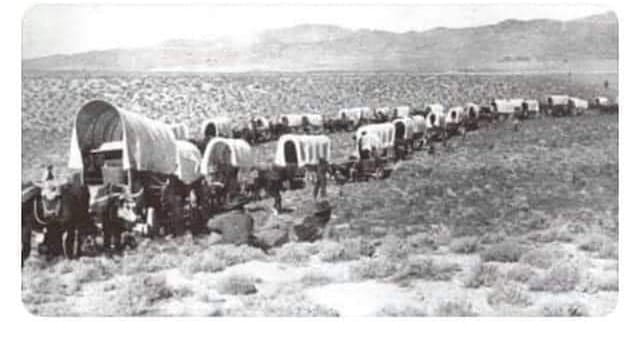 Boondocking can be a fun and rewarding experience, but it also requires some planning and preparation. Here are some tips on how to boondock successfully:
Boondocking can be a fun and rewarding experience, but it also requires some planning and preparation. Here are some tips on how to boondock successfully:
Know where to find boondocking spots. National Forests are great for boondocking. Just take the roads less traveled.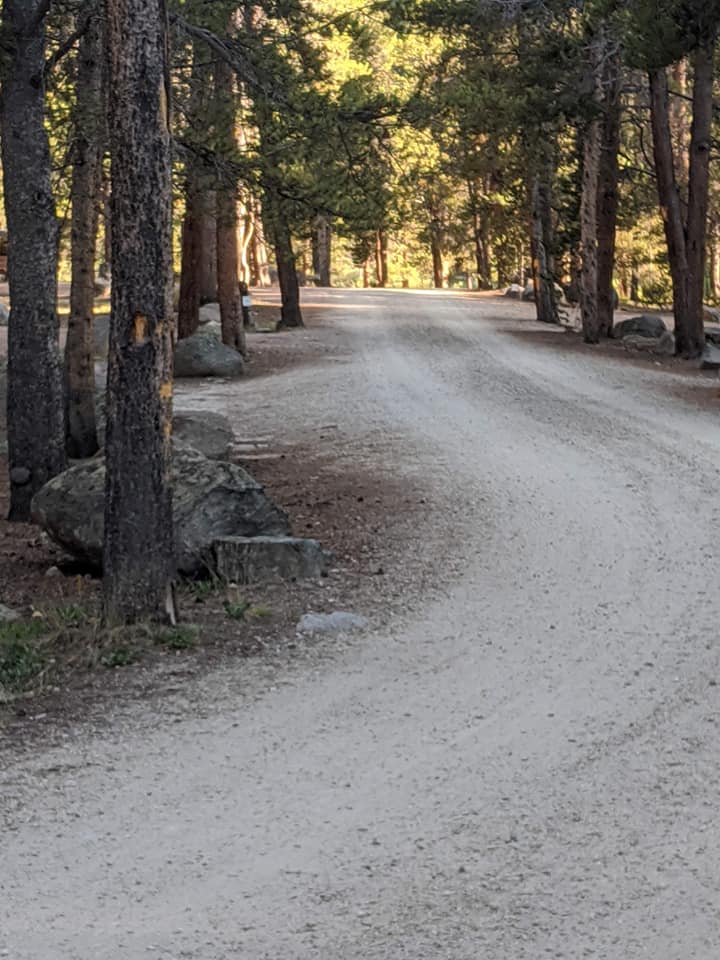
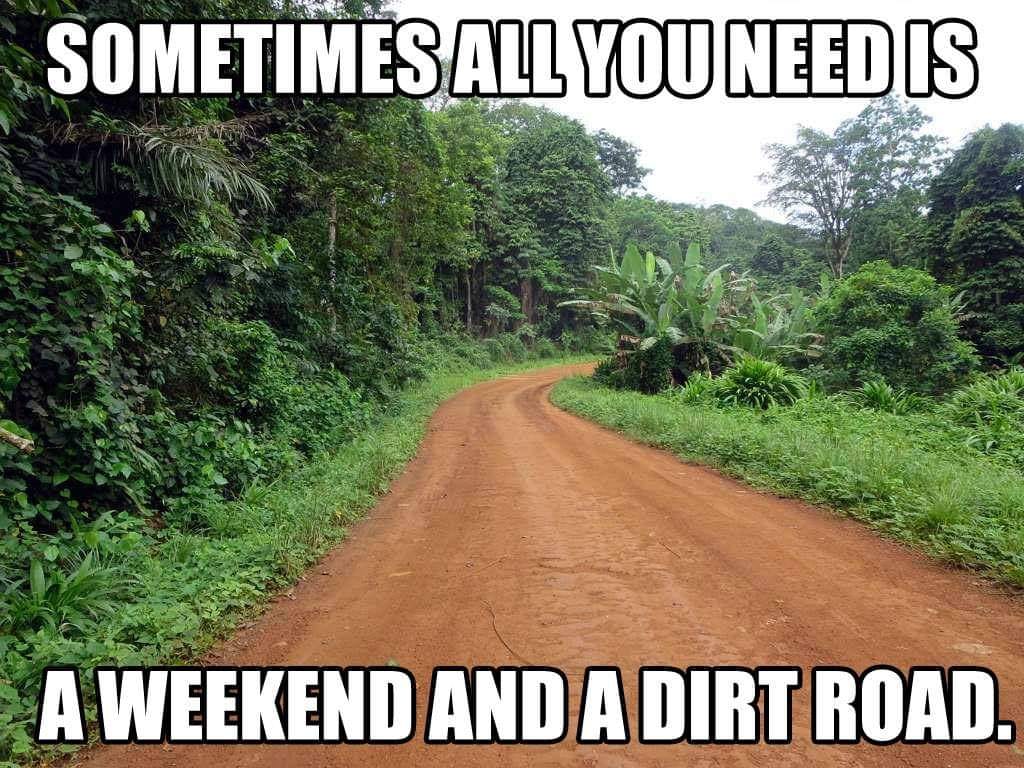 There are many websites and apps that can help you locate free camping areas, such as Campendium, The Dyrt, iOverlander and FreeCampsites.net. You can also use offline maps and map layers to find public lands where boondocking is allowed, such as BLM (Bureau of Land Management) land, national forests, and wildlife refuges. Some places, like Walmart, Cracker Barrel, and truck stops, may also allow overnight parking, but you should always check with the manager first and follow their rules.
There are many websites and apps that can help you locate free camping areas, such as Campendium, The Dyrt, iOverlander and FreeCampsites.net. You can also use offline maps and map layers to find public lands where boondocking is allowed, such as BLM (Bureau of Land Management) land, national forests, and wildlife refuges. Some places, like Walmart, Cracker Barrel, and truck stops, may also allow overnight parking, but you should always check with the manager first and follow their rules.
Be self-sufficient and respectful. Boondocking means you won’t have access to water, electricity, or sewer, so you need to make sure you have enough supplies and equipment to last your stay.
Boondocking affords views such as this beautiful sunset in the Sonoran Desert.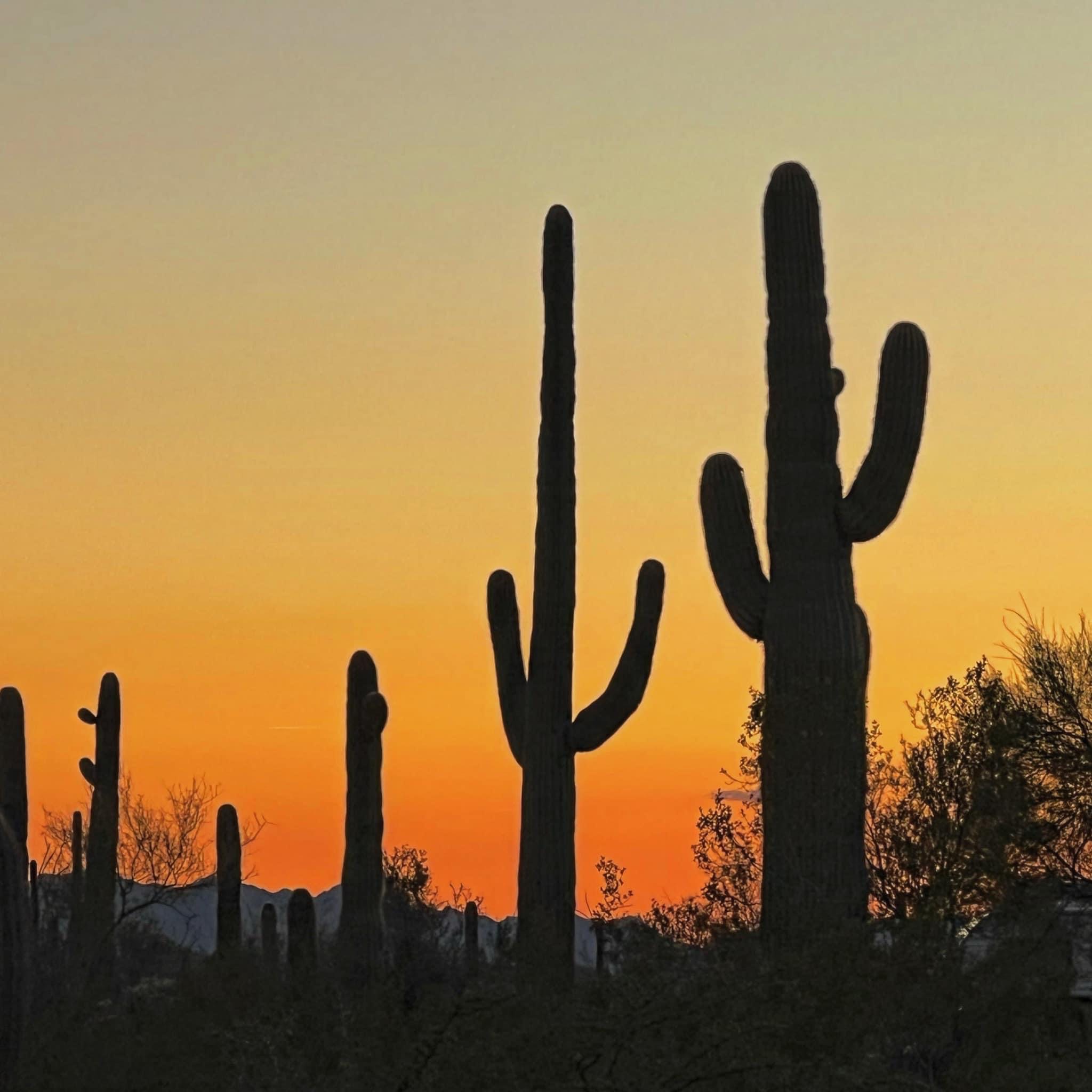
You may want to invest in solar panels, batteries, generators, water tanks, and composting toilets to make your boondocking more comfortable and sustainable. You should also practice leave no trace principles and dispose of your waste properly. Don’t leave any trash, fire pits, or damage behind, and respect the wildlife and other campers around you.
During a recent boondocking trip in the Sonoran Desert.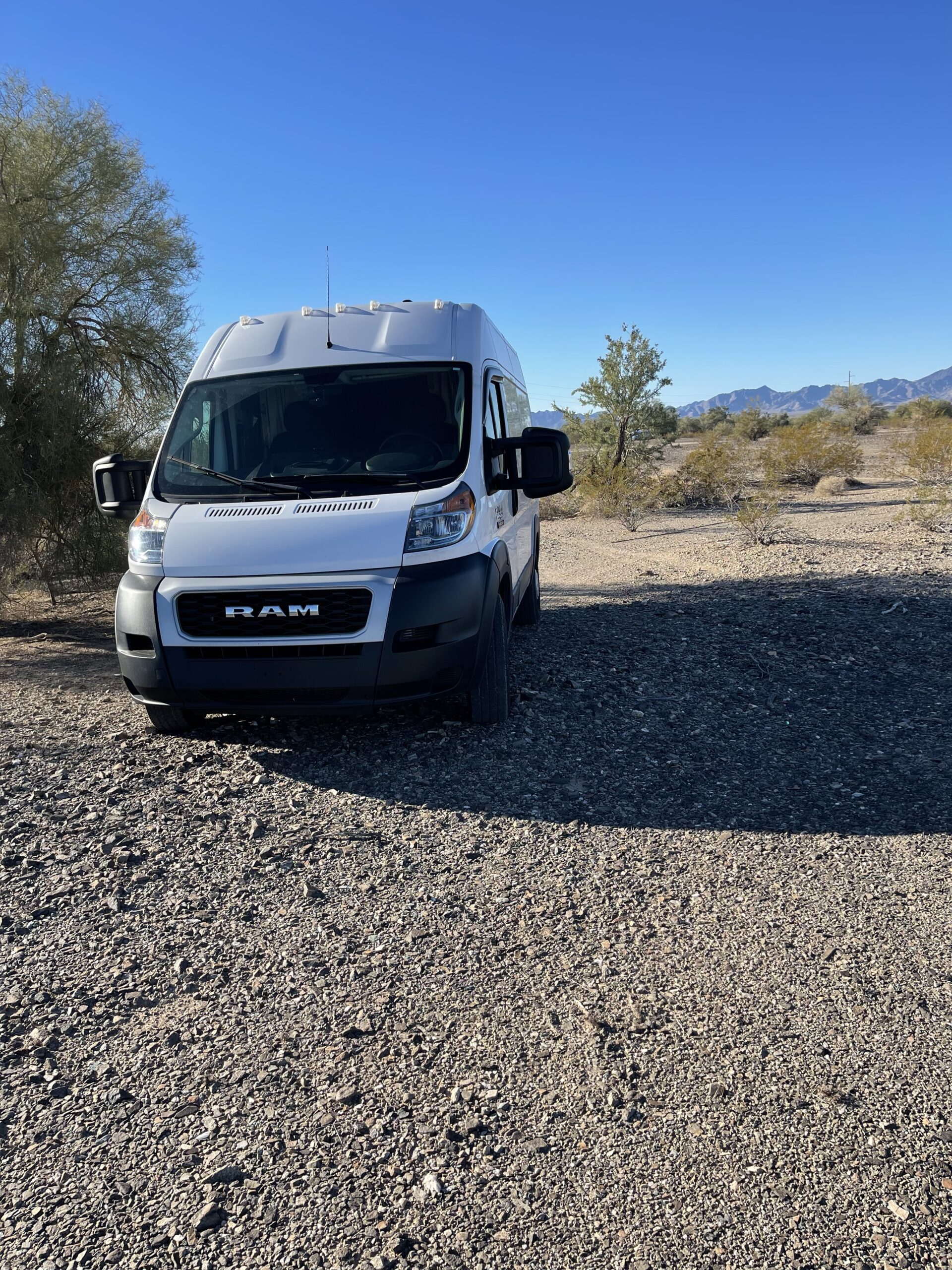
Be safe and prepared for emergencies. Boondocking can expose you to various risks, such as weather, wildlife, theft, or mechanical issues. You should always do your research before heading to a new spot and check the weather forecast, road conditions, and cell service. You should also have a backup plan in case something goes wrong, and you need to leave or get help. It’s a good idea to have a first aid kit, emergency contacts, spare tires, tools, and extra fuel on hand. You should also let someone know where you are going and when you plan to return.
Boondocking can be a great way to explore new places, enjoy nature, and save money on camping fees.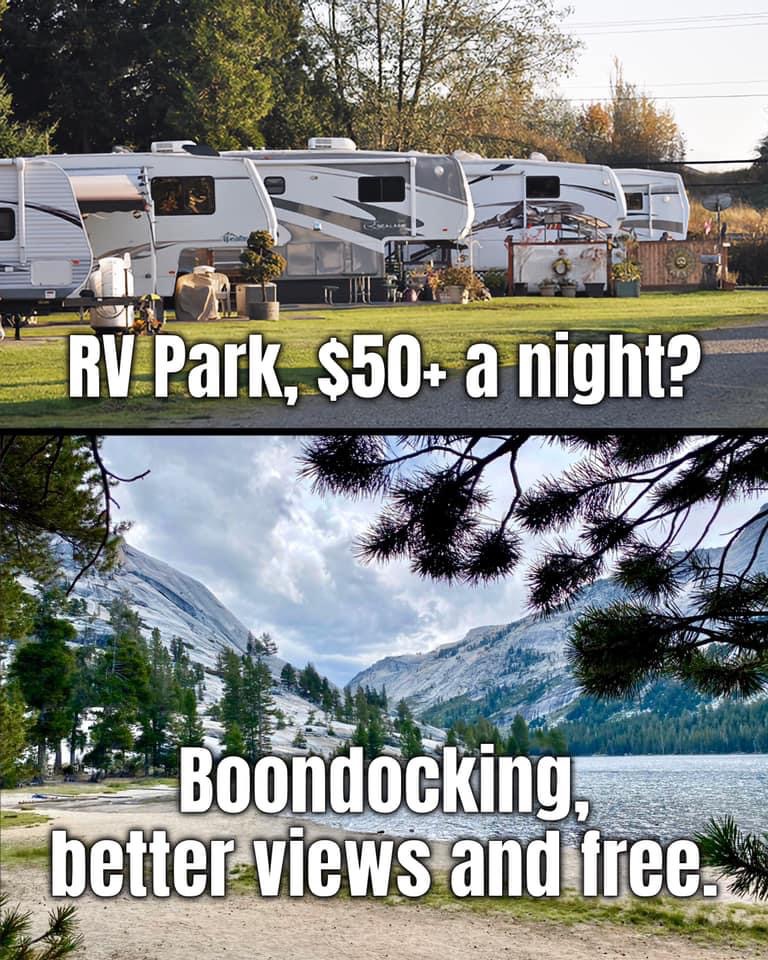
Enjoying a campfire near a lake makes for a peaceful experience.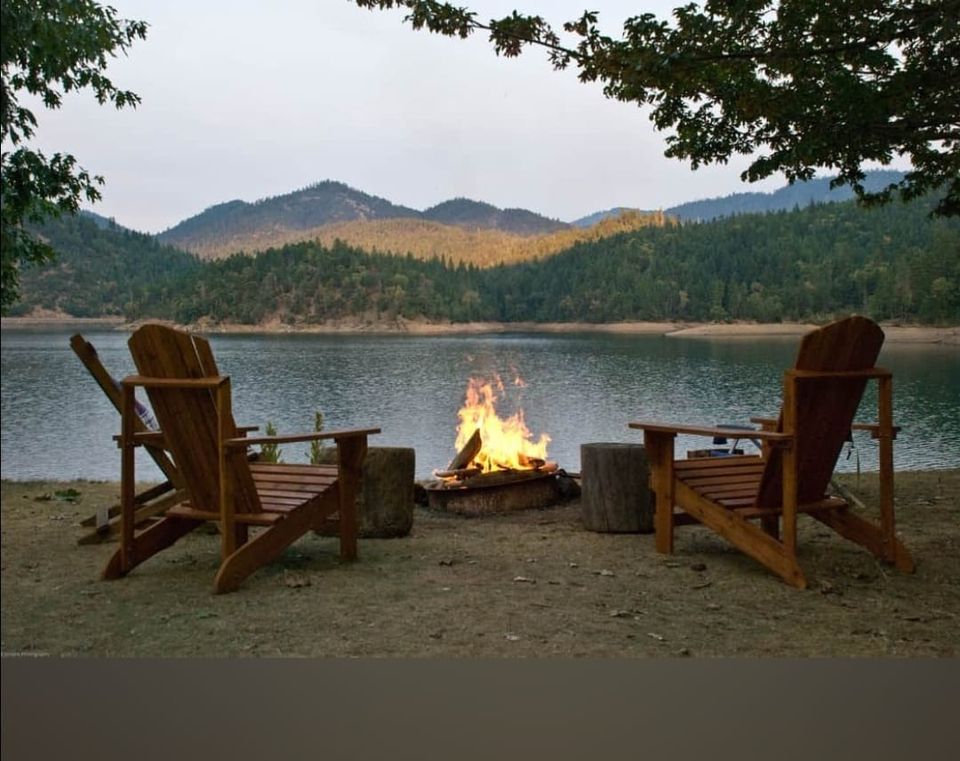
Boondocking near a lake in Colorado.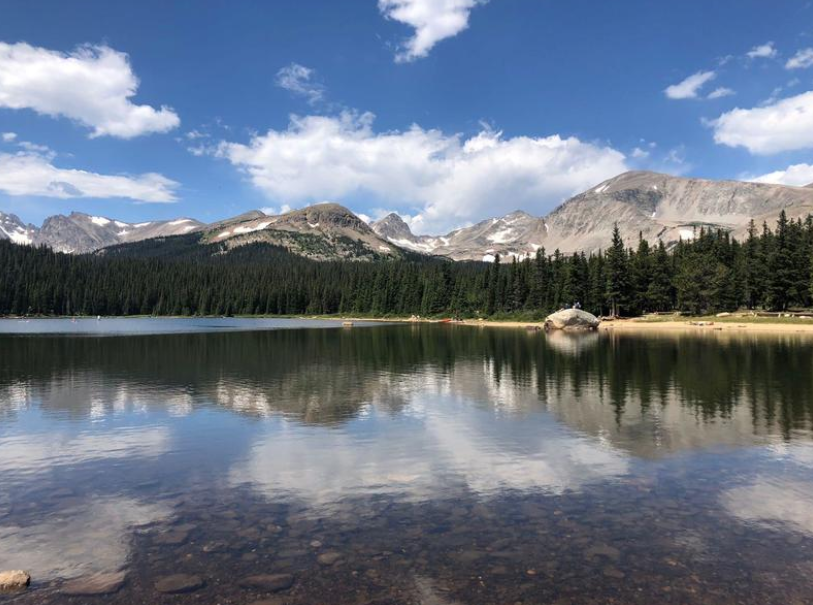
The beach can also be another great free boondocking experience! 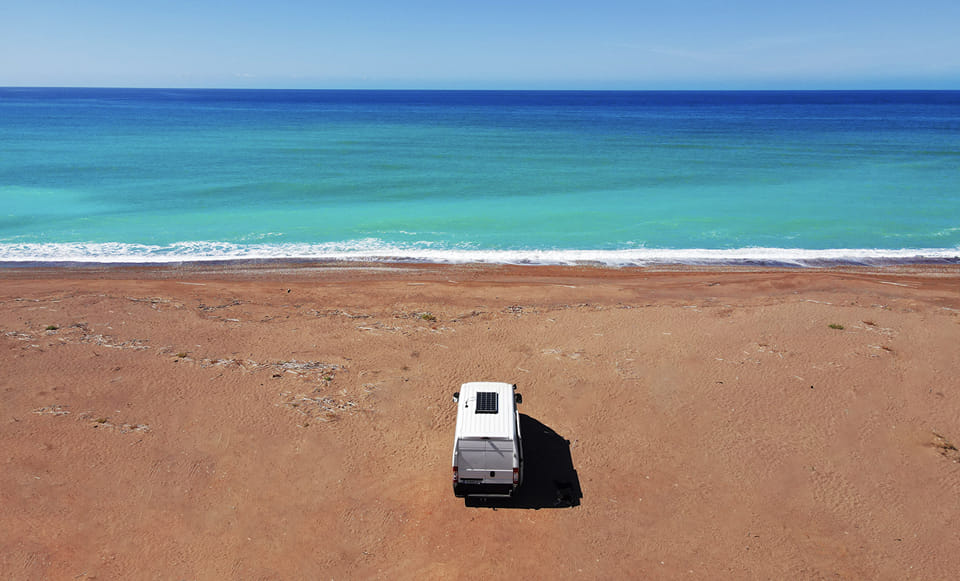
You can’t see wildlife such as these burros, in a campground, but they are plentiful in parts of the Sonoran Desert.
In summary, boondocking also requires some planning and preparation to make sure you have a safe and enjoyable experience. By following these tips, you can boondock like a pro and make the most of your free camping adventures.
Until next time…
“Enjoy The Pleasure of Getting Lost”

